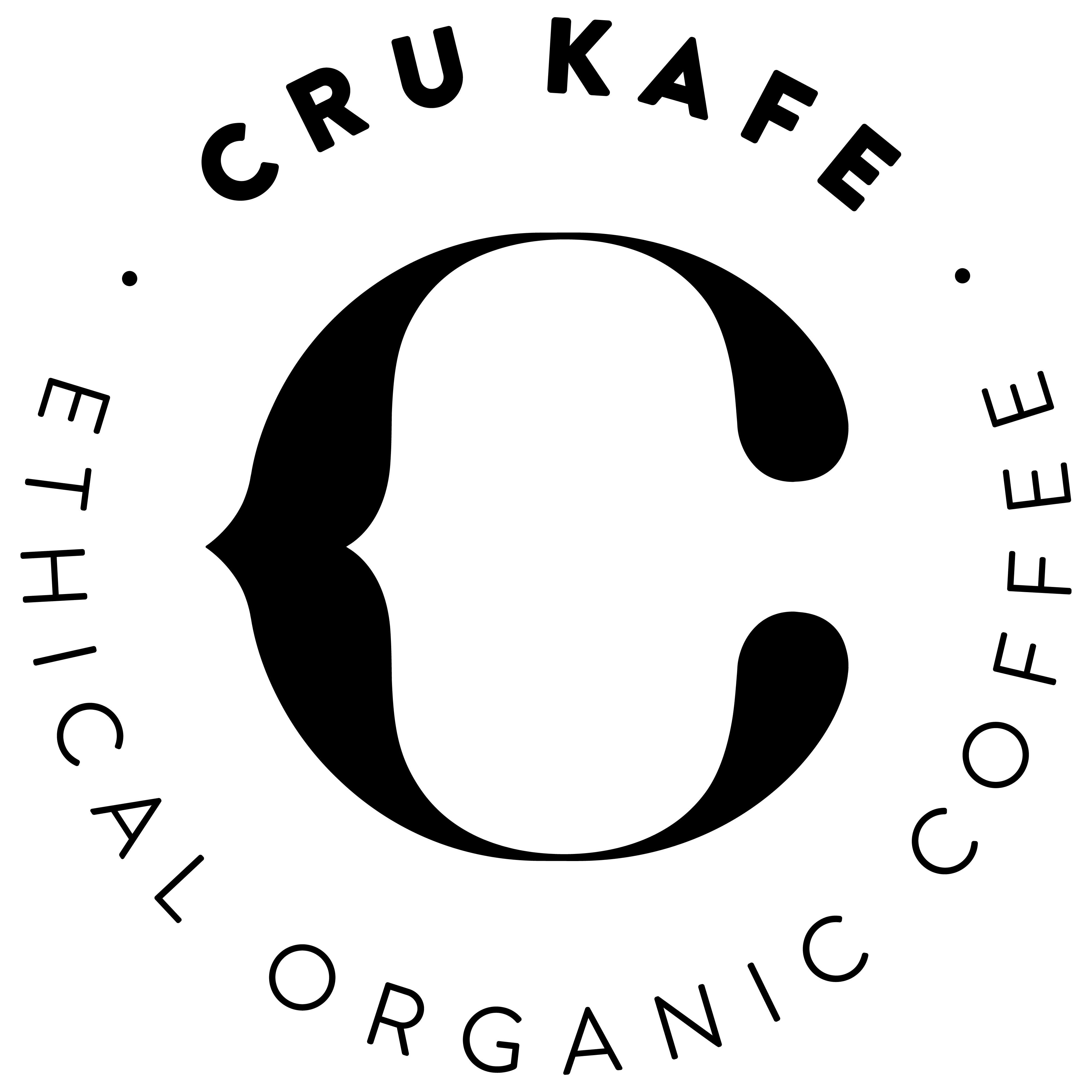Your alarm's ringing, sun is streaming through the blinds (well… maybe), and the only thing on your mind is the soulful gurgling sound of your coffee machine as it splutters into life, ready to serve up your morning cup of CRU. The sickly-sweet smell of brewing espresso is almost Proustian, and the first sip should be nothing short of perfection. But what is it that separates a good espresso from a great one?
For us, it's all about that golden layer of thick, oily foam that sits atop your cup. We're talking about crema folks, and how getting it right can make or break your morning cup of coffee.
So, what is Crema?
During the espresso extraction process, hot water is pushed through the coffee grounds. The heat and pressure causes the natural fats in your coffee beans to emulsify. As the shot of espresso rushes out of your machine, the coffee surges and settles. The now-emulsified oils weigh less than the darker liquid below, so they rise to the top, forming that smooth, swirling layer of tawny-coloured microfoam.
Why do you want it atop your espresso?
Crema isn't just there to look good (we'll touch on this a bit more later) - it adds a whole new aspect to the cup coffee you're drinking. It's thick, it's creamy, and it's packed full of tiny little air bubbles - adding an element of texture to the espresso that you just wouldn't get if you were to brew the same coffee in a cafetiere or chemex. It's this oily-smoothness that makes an espresso so appealing as a 'single-sip' coffee, coating the mouth completely and lingering on the palate far longer than a filter coffee ever would.
Think of your crema as a basic quality indicator as well. Baristas often refer to the process as the ‘Guinness effect’. If you can’t see the gradient in your glass, something isn’t quite right. A coffee that has been over-roasted or over-processed in the drying stage will produce a thinner crema because there’s less oil in the beans to emulsify - so in this instance, a lack of crema is a good indicator that the coffee you're about to drink may not be quite up to scratch.
What makes a good crema?
This, as with many things coffee-related, comes down to personal preference. Many people like to say that a tawny, 'tiger-skin' colour in your crema is the ideal, but really anything from a pale-blonde to a dark-terracotta can make a good crema.
The idea that the 'darker and thicker' means bigger and better is also a myth. You can have a fantastic speciality-graded Ethiopian Sidamo bean that ends up delivering a thin, pale crema, and you could have a bitter, poor quality robusta that ends up pouring the deepest crema you've ever seen. So just remember to judge on taste as well as looks!
Now you may be wondering how to achieve a good crema with CRU, but when it comes to our Nespresso® compatible pods we've got you covered. From the pale-gold-froth of our Light Roast and Colombian right down to the oily, glistening oranges of our Espresso and Indian blends, our entire range is going to give you a deliciously smooth crema, pour after pour after pour.




